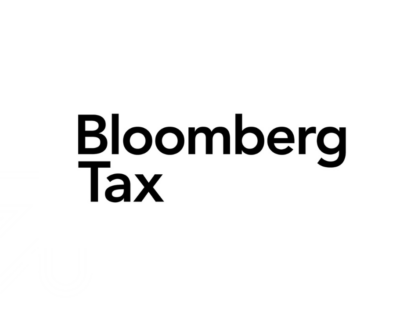Kazakhstan has implemented a key update to its transfer pricing (TP) framework by introducing a new notification form for participants in multinational enterprise (MNE) groups, effective from March 10, 2025.
This reform, announced by the Ministry of Finance on February 24, 2025, aims to enhance transparency in cross-border transactions and align more closely with international standards to combat base erosion and profit shifting (BEPS).
While Kazakhstan is not an OECD member, the changes draw inspiration from OECD guidelines, particularly BEPS Action 13 on country-by-country reporting.
For businesses operating in or connected to Kazakhstan, understanding this new notification form is essential to avoid audits, tax adjustments, and penalties.
Background on Transfer Pricing in Kazakhstan
Kazakhstan’s TP rules are rooted in the jurisdiction’s Law on Transfer Pricing (2008), which has been amended several times to strengthen enforcement and align with global practices.
At its core, the regime enforces the arm’s length principle, requiring that prices in transactions between related parties are consistent with those that would apply between independent entities.
This helps prevent profit shifting and ensures fair taxation, especially in a resource-rich economy like Kazakhstan’s, where sectors such as energy, mining, and commodities tend to attract TP scrutiny.
Key developments in the TP framework over the last years (specially from 2018 to 2025) underscore Kazakhstan’s commitment to robust fiscal governance as it diversifies its economy beyond oil and gas.
The New Notification Form: Who, What, and How
The updated notification form marks a significant expansion in reporting obligations for MNE group participants.
Who Must File?
The form is mandatory for all entities participating in an MNE group.
This includes even smaller Kazakh subsidiaries or affiliates, regardless of their individual transaction volumes, broadening the scope beyond the previous focus on high-value dealings.
What Information Is Required?
Key elements include:
- Basic entity details, such as the Kazakh company’s name, legal address, tax identification number, and contact information (phone and email).
- MNE group specifics including the ultimate parent entity (UPE)’s name, jurisdiction, and global consolidated revenue.
- A high-level summary of controlled transactions, categorizing them by type (e.g., goods, services, intangibles, or financing) and volumes.
- Confirmation of group membership and any delegated reporting roles, such as if the UPE files the CbCR in another country.
This revised form replaces older versions and integrates with Kazakhstan’s push toward the digitalization of its tax administration system.
Submission Deadlines and Process
The annual deadline is September 1 of the year following the reporting fiscal year.
Submissions are now fully electronic via the State Revenue Committee’s portal (www.kgd.gov.kz), moving away from hybrid paper-electronic options.
If equivalent reports are filed abroad by the UPE, a notarized copy might work if it meets Kazakh standards. Entities discovering errors should submit corrections promptly to avoid penalties, as voluntary amendments typically incur no additional fines.
Implications
This reform has a big impact, particularly for foreign-invested companies in Kazakhstan’s key industries. At first glance, the introduction of a new form might appear to be a technical adjustment. However, in practice, it represents an important evolution of Kazakhstan’s transfer pricing framework.
For taxpayers, the changes increase the compliance burden. Companies will need to invest in their internal IT systems, training, and quality checks to ensure their notifications are complete and accurate. At the same time, the authorities’ insistence on electronic filing should, over the long term, streamline procedures and facilitate consistency in reporting.
For the government, the new requirements improve transparency and reduce opportunities for errors or omissions, enhancing the reliability of the tax-related data they collect, which in turn supports better risk assessment in tax audits.
Most importantly, these changes place Kazakhstan firmly in step with the global trend toward stricter oversight of MNE activities. With many jurisdictions tightening their TP rules in recent years, Kazakhstan’s reforms are consistent with international practice and demonstrate its willingness to ensure its fiscal regime keeps pace.
This could streamline operations and position Kazakhstan as a more attractive investment destination amid its economic diversification efforts.
Practical Recommendations for Multinational Groups
To prepare for the new requirements, companies operating in Kazakhstan should:
- Review past notifications to understand the differences between the old and new forms and identify where additional information may be required.
- Test electronic filing capabilities early, ensuring that staff are familiar with the platform and that digital signatures function properly.
- Establish robust internal review processes to verify all data before submission. Even minor errors (such as an incorrect year or an incomplete taxpayer number) could render a notification invalid.
- Engage with advisors who can assist with technical details, monitor developments, and ensure filings comply with both the letter and spirit of the law.
Being proactive is key. By starting early and embedding these processes into regular compliance cycles, companies can minimize the risk of last-minute issues and avoid potential filing penalties.










